-
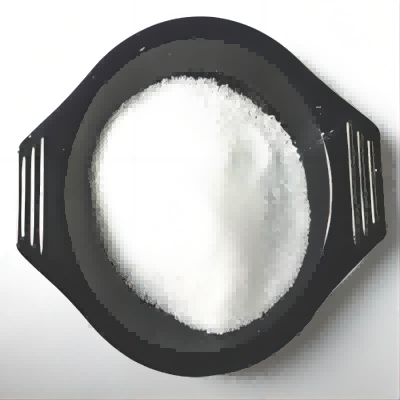
Bos MH CAS:123-33-1 Manufacturer Supplier
Maleic hydrazide is slightly acidic. It is made by treating maleic anhydride with hydrazine hydrate in alcohol.3,6-Dihydroxypyridazine can be decomposed by oxidizing agents. Maleic hydrazide can also be decomposed by strong acids. Maleic hydrazide forms water-soluble alkali-metal and amine salts. Maleic hydrazide is slightly acidic and may be titrated as a monobasic acid. Maleic hydrazide is slightly corrosive to iron and zinc. Maleic hydrazide is incompatible with pesticides that are highly alkaline in reaction.
-
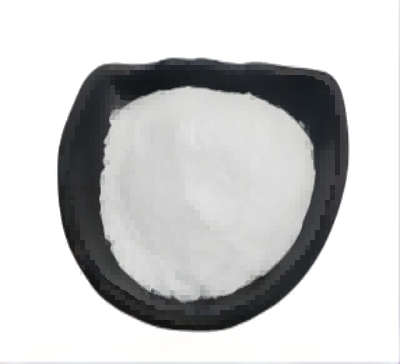
Zinc Sulfate CAS:7446-19-7 Manufacturer Supplier
Zinc sulfate, also known as alum or zinc alum, is a colorless or white rhombic crystal or powder at room temperature. It has astringency and is easily soluble in water. The aqueous solution is acidic and slightly soluble in ethanol and glycerol.
-
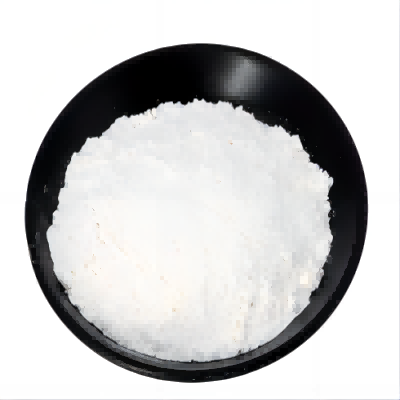
DA-6(Diethyl aminoethyl hexanoate) CAS:10369-83-2
DA-6 ( Diethyl aminoethyl hexanoate ) is a widely used plant growth regulator that especially effective when used on a variety of cash crop and food farm crop; soybeans, root tuber and stem tuber, leaf plants.It can increase the content of the nutrition to the crop, such as Protein, Amino acid, Vitamin, Carotene, and Candy share, to improve the quality of the crop, and to color the fruit and improve fruit quality, so to improve the yield(20-40%), make the leaves of flowers and trees more green, the flower more colorful, prolong the florescence and the breeding time of vegetables.
-
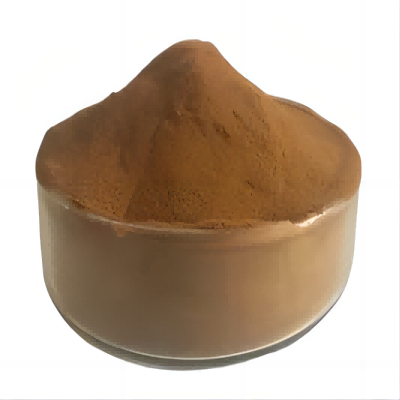
Fulvic Acid 60% CAS:479-66-3 Manufacturer Supplier
Fulvic Acid 60% refers to collectively of a set of organic acids, natural compounds, and components of the humus [which is a fraction of soil organic matter].[1] They share similar structure with humic acids, with differences being the carbon and oxygen contents, acidity, and degree of polymerization, molecular weight, and color. Fulvic acid remains in solution after removal of humic acid from humin by acidification. Humic and fulvic acids are mainly produced by biodegradation of lignin containing plant organic matter.
-
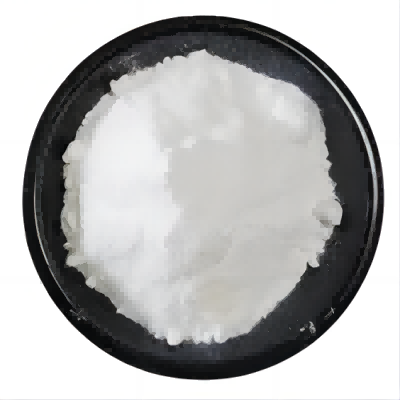
Ammonium Molybdate CAS:13106-76-8 Manufacturer Supplier
Ammonium molybdate is an ammonium salt composed of ammonium and molybdate ions in a 2:1 ratio. It has a role as a poison. It contains a molybdate.It is used in chemical analysis for the determination of phosphorus. From a nitric acid solution it precipitates phosphorus in the form of ammonium phosphomolybdate having the formula (NH4)3PO4-12MoO3 after drying at 110 °C(230°F). Some of the phosphomolybdic acids are used as reagents for the alkaloids and in the analysis and separation of the alkali metals.
-
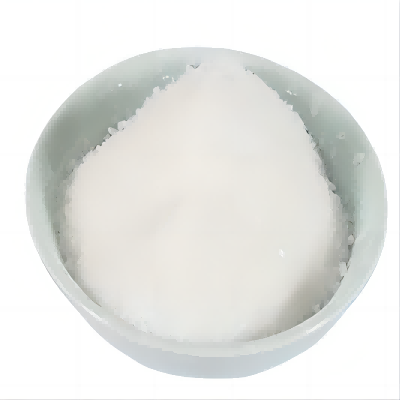
Chlormequat chloride CAS:999-81-5 Manufacturer Supplier
Chlormequat chloride is a plant growth regulator that is primarily used on ornamental plants.Chlormequat chloride is a low poisonous plant growth regulator(PGR), plant growth retardant.It can be absorbed through leaves, branches, buds, the root system and seeds, control the plant excessive growth and cut down the knot of plant to be short, strong, coarse, root system to prosper and resist lodging. Leaves will be greener and thicker.
-
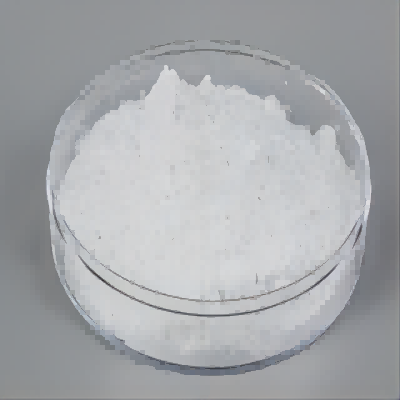
Tricalcium Phospahte CAS:7758-87-4 Manufacturer Supplier
Tricalcium Phospahte is the calcium salt of phosphoric acid with widely used applications. It occur abundantly in nature in several forms and are the principal minerals for the production of phosphate fertilizers and for a range of phosphorus compounds. For example, the tribasic variety (precipitated calcium phosphate), Ca3(PO4)2, is the principal inorganic constituent of bone ash. The acid salt Ca(H2PO4)2, produced by treating mineral phosphates with sulfuric acid, is employed as a plant food and stabilizer for plastics. It is a natural constituent of mammals, and it is a component of bone replacement transplants in much higher amounts with no toxicological problems.
-
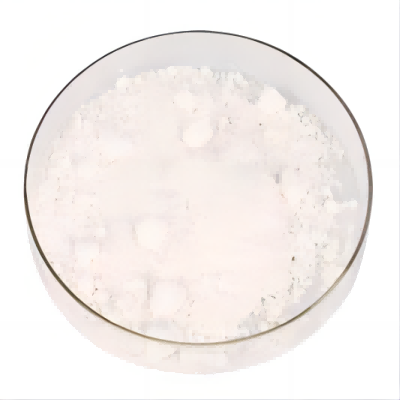
4-CPA CAS:122-88-3 Manufacturer Supplier
4-chlorophenoxy acetic acid (4-CPA)that is phenoxyacetic acid carrying a chloro substituent at position 4.4-chlorophenoxy acetic acid (4-CPA) like plant growth regulator, absorbed by plant via root, stem, leaf, bloom and fruit. It is used to prevent abscission of bloom and fruit, inhibit rooting of beans, promote fruit set,induce formation of seedless fruit. Also used for ripening and fruit thinning.
-
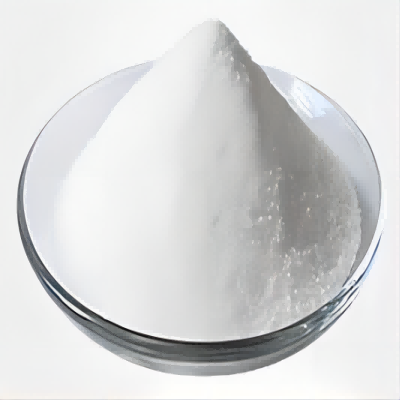
Zinc Oxide CAS:1314-13-2 Manufacturer Supplier
Zinc oxide occurs in nature as mineral zincite. It is the most important zinc compound and has numerous industrial applications. Zinc oxide is the pigment in white paints. It is used to make enamels, white printing inks, white glue, opaque glasses, rubber products and floor tiles. It is used in cosmetics, soaps, pharmaceuticals, dental cements, storage batteries, electrical equipment, and piezoelectric devices.
-
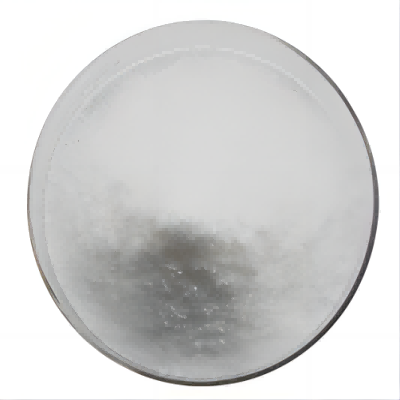
6-Benzylaminopurine(6-Ba) CAS:1214-39-7
6-Benzylaminopurine is a plant growth regulator that belongs to the class of first generation synthetic cytokinin used in agriculture commodities.6-benzylaminopurine (6-BA) is widely used in agriculture and horticulture as plant growth regulator. Its excessive use may pose a potential risk to both environment and human health, which is causing great concern.
-
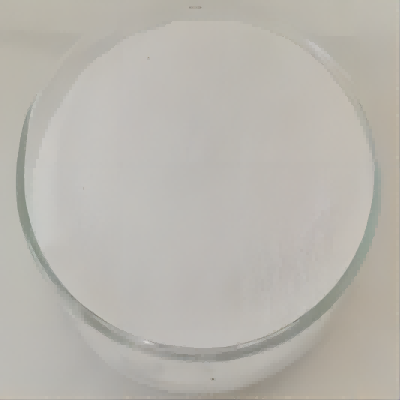
EDTA-Zn 15% CAS:14025-21-9 Manufacturer Supplier
EDTA-Zn 15% is a powerful chelating agent and acts as a micro-nutrient in agriculture and horticulture. It also forms stable complexes with metal ions.These products can be soil or foliar applied and are designed for making liquid and suspensions fertilizers.
-
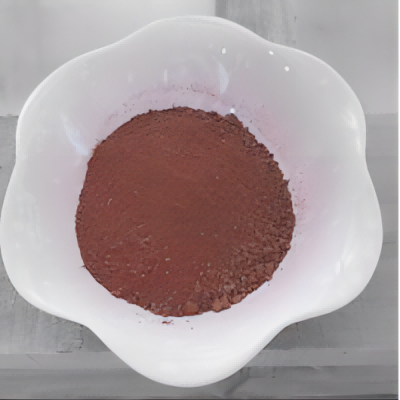
Sodium 5-nitroguaiacolate(5-NGS) CAS:67233-85-6 Manufacturer Supplier
Sodium 5-nitroguaiacol is soluble in methanol, ethanol, acetone and other organic solvents. It is compounded with sodium o-nitrophenolate and sodium p-nitrophenolate to obtain sodium nitrophenolate, which has been widely used in agriculture.

